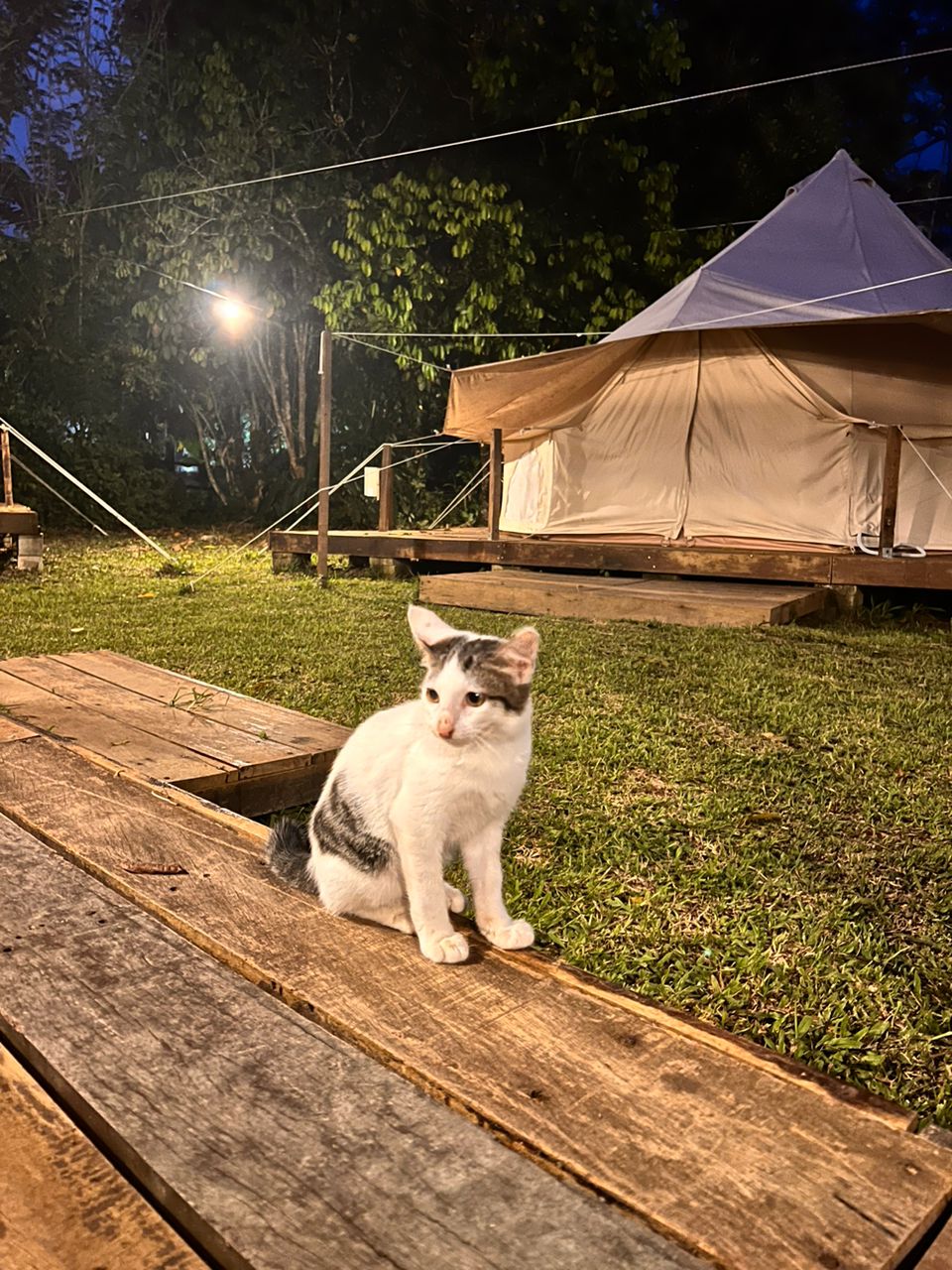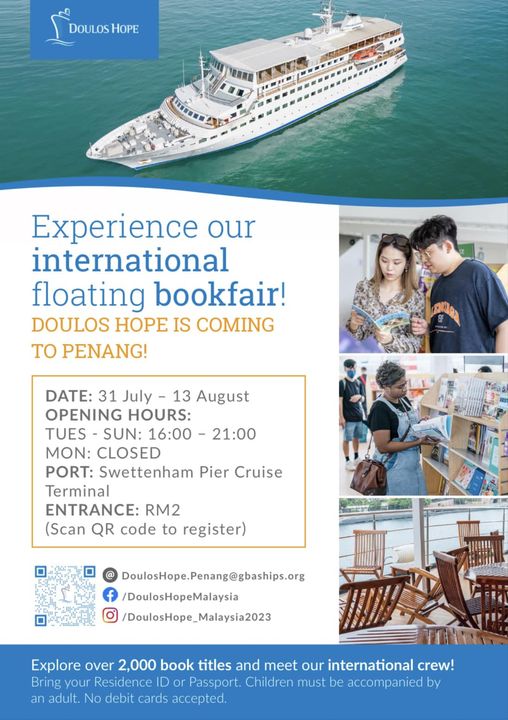Do you know that Penang Asam Laksa is believed to be influenced by a traditional Burmese dish called Mohinga?
A SHORT HISTORY OF THE BURMESE HERITAGE IN PENANG
Penang has always been a cosmopolitan city - blessed by its strategic geographical location - even before the founding of the modern Penang by Francis Light in 1786, the ‘Pearl of the Orient’ has attracted people from neighbouring regions and faraway lands to gather in this beautiful land. Some stopped for a short stay, many settled down and called it their home - but all brought their own unique culture and story to make Penang a colourful and complex place as it is today.
However, comparing to the stories of the Europeans and Eurasians, the Chinese, the Indians, the Siamese, and others, the story of the Burmese in Penang is one that is less spoken about and shared, despite signs a notable presence back in their days.
The Burmese Connection
Connection between Burma (Myanmar as it is called then) and the Malayan peninsular began as early as the fifteenth century, if not earlier, with people from both regions migrating around and between the land for various reasons. But with the rise of the global East-West trade, with several coastal towns, such as Rangoon in the Lower Burma region and Penang turning into important sea ports along the trade route, the moving of goods, and people, between these two regions accelerated greatly, and reaching its peak in the 1800s as both regions came under the British rule.
The records of the earliest arrivals were vague, but by then, there was already a sizeable Burmese population in Penang. They were mostly centred in the Burmese Village in Pulau Tikus, with smaller settlements in Teluk Bahang and Batu Maung.
Dr MacKinnon's Residence, near Burmah Village | 100pfs
The earliest Burmese settlers were most likely fishermen, but soon there were also traders, merchants, labourers, and workers in factories - some of which were set up by wealthy Burmese businessmen who reside in Penang.
Taking Root
Among the most prominent was probably Sin Yew Kyong and his cheroot (cigar) factory. Son of a Burmese merchant of Chinese origin, he migrated to Penang as a 16-year-old young man, and later establishing his own factory producing Burmese cheroot, at 8 Tavoy Road, in early twentieth century. Sin’s cheroot business grew - he would later open his own cigar store at 12 Perangin Lane - and he famously brought over hundreds of young ladies from his native Burma to Penang, to work in his factory. These young ladies soon began to be known as the ‘cheroot ladies’, who were said to be highly sought after by local lads as wives, and many of them settled down in Penang and other parts of Malaya. Indeed, many of the Malaysian Burmese today are the descendants of the cheroot ladies.
Conversely, young ladies from Penang, particularly of the Peranakan group, also known as ‘Nyonya’, were seen as highly desirable marriage candidates by the successful and wealthy among the Sino-Burmese, both locally and in Burma. This included the ‘Burmese Cheroot King’, as Sin was known, who had a Nyonya lady as wife. Some of the Penang Nyonyas were brought over to Burma and stayed, while some of the rich Burmese merchants who would frequently visit Penang during their business trips took the young ladies as wives and essentially had their “second home” here. One of which who did as such was Aw Boon Haw, of the Tiger Balm fame, who had a residence at Cantonment Road with his Penang wife/mistress. Incidentally, Aw’s principal wife, a Madam Tay, was also from Penang.
The Cheroot Ladies | Lost Footsteps
Today, there is a small group of Burmese Malays in Myanmar, known as the Pashu people. More specifically, Pashu is also referring to the particular group of Baba-Nyonya, the Peranakan Chinese people and their descendants who moved to Myanmar and stayed there.
The Legacy
The Penang today is left with ample evidence of this historical Burmese connection. The areas surrounding the Burmese settlement - also used to be known was Kampung Ava, said to be named after the Burmese city Ava (present day Inwa) - in Pulau Tikus provide us with the strongest hints of how significant the Burmese community was in its day. The road that runs through the village and connects it to the city centre was named Burmah Road (spelled with an ‘H’ to reflect the old British spelling), which name remains to this day and is one of the major and longest roads in Penang. Off this road is Rangoon Road - with Rangoon the old name for Yangon, the former capital of Myanmar. There are also Mandalay Road, Moulmein Road, and Tavoy Road, all named after major cities in Myanmar, as well as Irrawaddy Road, after the Irrawaddy Delta.
But perhaps the most famous and prominent heritage of all is the Dhammikarama Temple in Burmah Lane, Pulau Tikus. This Burmese temple, built on a land donated by a female Burmese devotee, dates back to 1803, signifying the presence of a sizeable Burmese community as early as then. It is also the oldest Buddhist temple in the state. Originally a humble and modest place of worship, with the growing Burmese community, the British government at that time granted them some land for expansion to the temple to be made. The temple became the heart of the local community, not just as a religious centre, but with a well within the temple ground offering water supply before there was piped water in the area, it was an important community and social centre, not only to the Burmese but possibly the wider population nearby too. With continual support from the Burmese people, and later, the Penang government, the temple grew into the magnificent monument we have today - and two centuries later, it still stands strong to remind us of the Burmese Heritage in Penang.
Dhammikarama Temple | Wikimedia
The story of the Burmese Heritage in Penang might not be the most widely shared, and not something we learn about in the history textbooks. Indeed I as a Penang Lang am not aware of this before looking up this story, and we’re not left with a lot of reliable historical records. But it is no less interesting and significant - and the heritage is definitely as worthy to be preserved and the story to be told.



Just finished No Easy Day by Mark Owens, the autobiography of a Navy Seal who took part in the operation to hunt down and kill bin Laden. Interesting to read about the account if nothing else.
Also just realised this is my fourth consecutive book about war. Going to do something different next. Maybe some recommendations?